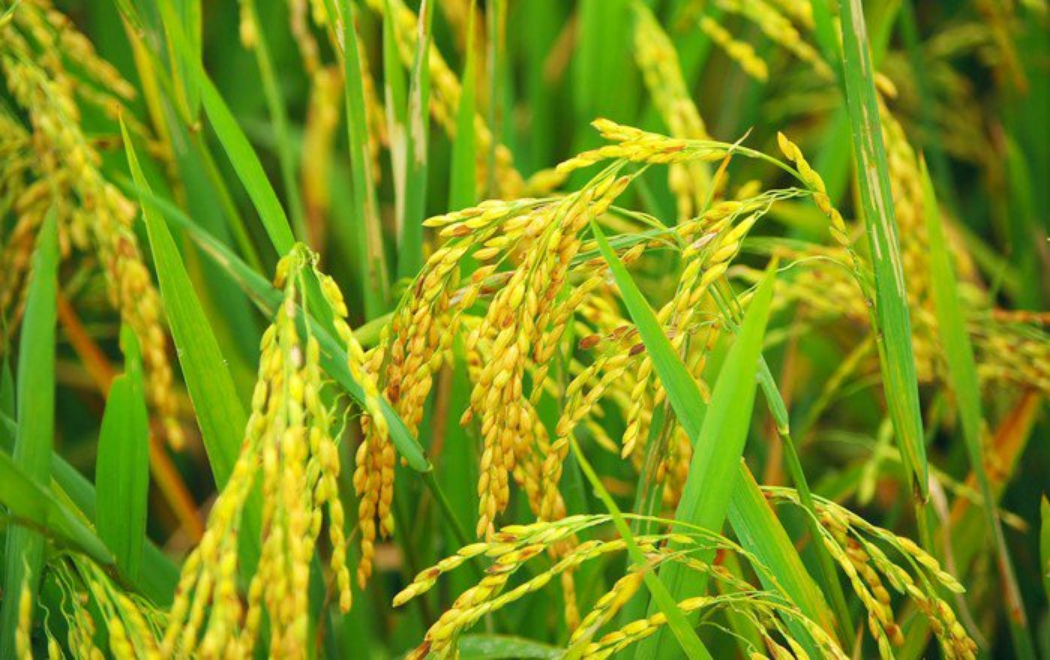G7 can tackle five priorities with one investment: agricultural research
Investing in agricultural research can provide the answer to issues like economic growth, world peace, climate change and even gender equality.
 गाँव कनेक्शन 11 Aug 2018 6:27 AM GMT
गाँव कनेक्शन 11 Aug 2018 6:27 AM GMT

The G7 summit tops European leaders' agendas this week. They set off for Canada to grapple with five complex challenges: promoting economic growth and gender equality, fostering peace and decent jobs, all while tackling climate change. No small feat.
As representatives of the world's most advanced economies, Angela Merkel, Theresa May and colleagues have the opportunity to show the rest of the world how to make smart investments to address all five of these issues in one fell swoop.
After more than 35 years of working in the sector, I am convinced one of the smartest investments is agricultural research.
Food is our most basic human right and the foundation of a stable society. Yet even the UK is feeling the pressure of satisfying growing consumer demand from domestic production. Last year Britain became a net importer of wheat, despite being the EU's third-largest producer of this key food crop.
Globally, the wheat for our daily bread is being threatened by climate change and an onslaught of pests and disease. In the American Midwest, 10% of yields are being lost to the Hessian fly. Investments in agricultural research can help our food beat the heat, and the pests it brings.
Also read: कृषि क्षेत्र में नई क्रांति ला सकती है नैनो बायोटेक्नोलॉजी
In fact, wild wheat varieties that were protected by scientists in a Syrian seed bank are now thought to hold heat and pest resistant traits that could safeguard our wheat supply for future generations.
Yet recent research from USDA shows public funding for agricultural R&D in high-income countries has fallen 6% between 2009-2013, the first sustained drop in over 50 years. If we know that investing in scientific research can cure cancers, why won't we do the same to improve our food system?
One investment, multiple benefits
In addition to potentially wreaking havoc on our food supply, climate change has been repeatedly cited as a catalyst for conflict. It has been argued that lack of access to water, failed harvests and high levels of unemployment exacerbate civil strife.
This is, in turn, contributing to the unprecedented levels of migration into Europe. Helping people stay healthy and employed despite extreme weather will therefore be critical in the G7's efforts to build peaceful and secure societies, as well as the EU's efforts to stem irregular migration through the Rabat Process.
In the developing world, where we see these issues at their most severe, large percentages of the population are employed in agriculture. Agricultural research generates solutions that help farmers adapt to climate change, secure harvests and improve incomes and livelihoods.
Also read: मानसून की बेरुखी से यूपी, बिहार और झारखंड में सूख रहा किसानों का हलक
This could involve using improved seed and agronomic practices, remote sensing technology that better predicts the patterns of floods and droughts in Bangladesh, or disseminating climate and market information to farmers via radio and mobile telephone in Senegal.
By empowering farmers and the rural population, we can protect entire nations from hunger, poverty and unrest.
The world's food system does not only provide employment opportunities for people in the developing world. However, feeding the world sustainably will be one of the most important "jobs for the future" – another key concern on leaders' minds at the summit. Agriculture is undergoing significant technological and organizational change.
Tracked investments in "agtech" companies more than doubled to over $700 million in 2017. The race is on to produce machines that can monitor plant health from the sky, or automate input application, harvesting and post-harvest processes.
Computer systems are now able to analyse vast datasets to provide early warnings of food crises, advise farmers on water and temperature stress or when to plant their crops. These innovations embody the results of applied agricultural research.
We must make investments to equip our youth with the skills to take part in this ever-growing market, and farmers with the opportunity to take advantage of these modern technologies. This will also contribute to key objectives set out in the EU's revamped Common Agricultural Policy, principally the need to attract more youth to the ageing sector. Currently, the average age of European farmers is over 55 years old.
Agriculture is also an important sector for tackling gender inequality, an issue firmly on the G7's agenda. Why? Because over 40% of the world's farmers are female, yet they are estimated to have access to just 10% of agricultural support budgets and 5% of extension services worldwide.
FAO has estimated that if women were given equal access to resources such as technology and farm services, the number of hungry people could be reduced by 150 million. At the EU Development Days held in Brussels this week, development professionals are championing this very fact: women and girls should be at the forefront of sustainable development.
A memorable statistic from the FAO suggests that improving a woman's income has ten times the impact on her children's health and nutrition than investing in a man's. Levelling the ploughing field for women, therefore, would be a major win for many reasons.
Europe is a champion in aid investment and agricultural research. Global funding for the vital sector of agricultural research must be sustained, otherwise more than our food supply could be at risk: employment, peace, gender equality and efforts to combat climate change would likely also become casualties.
(The writer is Marco Ferroni, the chair of the CGIAR System management board. CGIAR is a global research partnership for a food-secure future. This article first appeared on the CGIAR website.)
More Stories




